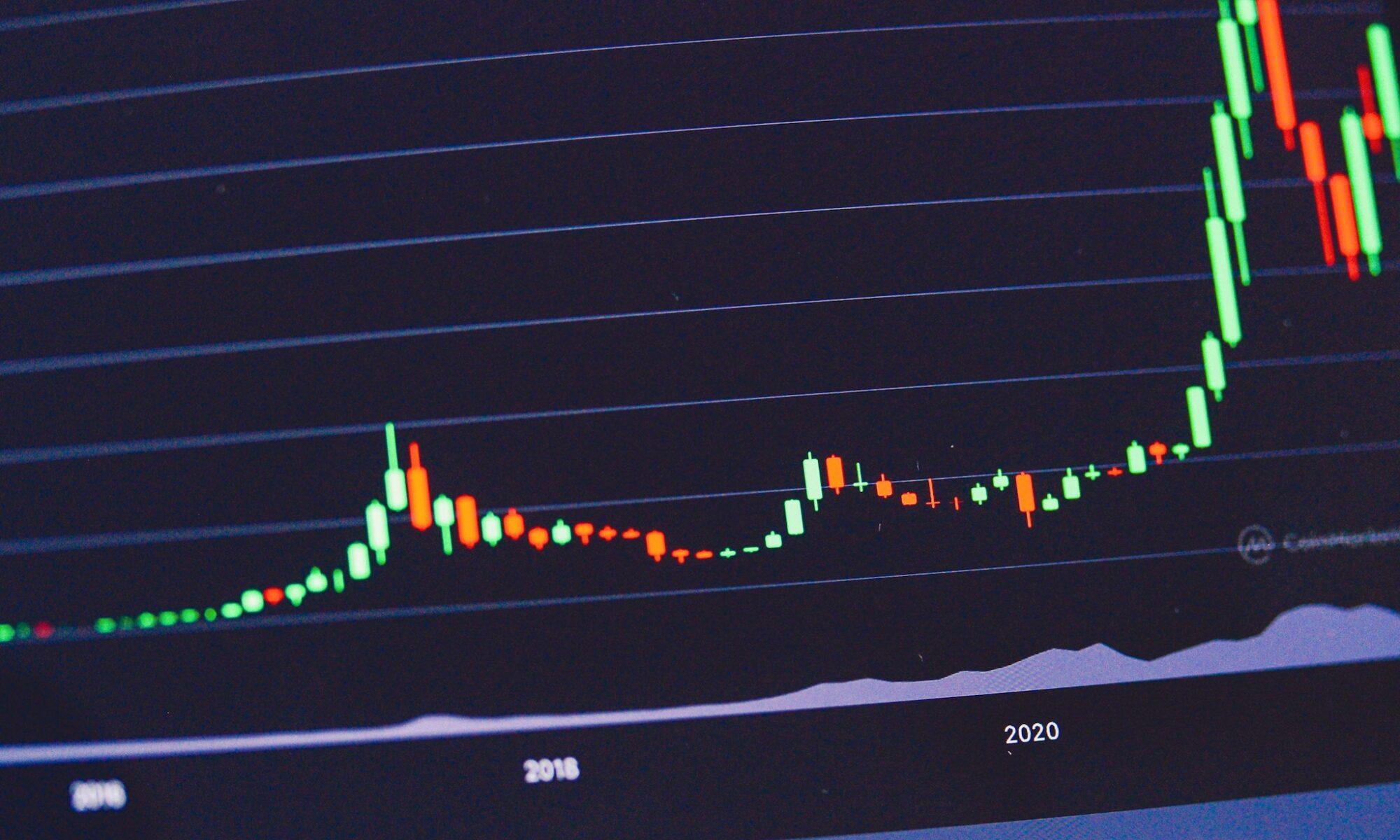Adventure Begins: Stock Market, the Complex Matrix of Fortune!
Venture into the dense forest of finance, and you’ll find yourself staring at the towering trees of the stock market, a maze of intrigue that can mystify even seasoned adventurers. Fret not, dear explorer, for this comprehensive map will guide you through the enigmatic terrain, shedding light on the often bewildering aspects of stock market investing.
The Heart of the Maze: What is this “Stock Market”?
At its core, the stock market is a bustling, lively collection of markets and exchanges. It’s like a grand bazaar where companies trade ownership slices, termed as ‘shares,’ to muster capital, while investors hustle and bustle, swapping these shares. Think of it as a growth engine for companies, and a prosperity fountain for investors, intertwined in a delicate dance of risk and reward.
Marketplaces of the Modern Age: Stock Exchanges
Much like ancient marketplaces, stock exchanges such as the New York Stock Exchange (NYSE) and the NASDAQ serve as the beating heart of commerce in the stock world. These hubs of activity provide a regulated, transparent platform for stock trading, ensuring every transaction is as clear as crystal.
The Twin Pillars: Types of Stocks
Two distinct entities dominate this ecosystem:
Common Stocks: This class of stocks grants you a ‘piece of the pie’ in a company, and the associated voting rights. It allows you to share in the company’s triumphs via capital appreciation and dividends.
Preferred Stocks: These exotic hybrids blend the features of stocks and bonds, promising fixed dividends and granting priority over common stockholders when distributing dividends or liquidating assets.
The Golden Keys: How to Invest in Stocks
Brokerage Accounts: Your gateway to the stock market, a brokerage account allows you to trade stocks. Picture brokerages as emissaries that enable you to negotiate with the stock market.
Diversification: Spread your resources across various territories, sectors, and continents, to minimize the impact of a single blow. Diversification is your shield against the unpredictable swings of the market.
Orders: Different tools at your disposal, like market orders, limit orders, stop orders, or stop-limit orders, each with their unique advantages and trade-offs.
Guiding Stars: Stock Market Indices
Consider indices such as the Dow Jones Industrial Average, S&P 500, and NASDAQ Composite as your North Star in this vast market ocean. They provide a broad view of the market health and a benchmark to evaluate individual stock performance.
Forces that Stir the Sea: Factors Affecting Stock Prices
Company Performance: The vitality and financial stability of a company are significant influencers of its stock price. This relationship is like a mirror reflecting the company’s health into its stock price.
Economic Conditions: Like the wind swaying trees, macroeconomic factors like interest rates, inflation, and GDP growth shake stock prices, impacting the business climate and a company’s profit potential.
Market Sentiment: The waves of investor perception and emotions can cause stock price ebbs and flows. Various catalysts like news, events, and rumors could cause a ripple or a tide, even when the company fundamentals are steadfast.
The Seer’s Tools: Analyzing Stocks
Fundamental Analysis: Analyze financial reports, industry trends, and economic factors to evaluate a company’s health. It’s like understanding the essence of a tree by examining its roots and leaves.
Technical Analysis: Chart the stock’s historical price movements and trading volumes to anticipate future trends. This method is akin to weather forecasting using past climate data.
The Treasures and Traps: Risks and Rewards
The stock market is a tantalizing treasure trove that could enrich you over time, but remember, it’s also a volatile beast. Grasp the inherent risks, balance them with your financial aspirations, and tailor your strategy.
In Conclusion
Understanding the basics of the stock market is like deciphering an ancient language. It’s your first step into the realm of investing. Equip yourself with knowledge about stock exchanges, types of stocks, investment strategies, and price influencing factors. Remember, while the quest for wealth is fraught with risks, a well-researched strategy can help you navigate these waters and potentially grow your fortune.
In conclusion, embarking on the journey of understanding the stock market is much akin to setting foot into an intricate labyrinth. The market’s ever-changing nature, complex patterns, and volatile tendencies can appear daunting. However, once you start deciphering its cryptic nuances, it transforms into an exciting and intellectually stimulating adventure, potentially rich with rewards.
In its most fundamental form, the stock market is a lively assortment of markets and exchanges that facilitate the trade of shares, fragments of company ownership. It operates much like a bustling bazaar, where companies and investors engage in a delicate dance of risk and reward. The market essentially serves as a growth engine for companies seeking to raise capital and a platform for investors looking to grow their wealth.
The heart of this sprawling financial maze are stock exchanges such as the NYSE and NASDAQ. They represent modern commerce hubs, providing regulated and transparent platforms for conducting trade. Each transaction, therefore, is as clear as daylight, boosting investor confidence and enabling fair trade practices.
Stocks, the focal point of these exchanges, come in two main types: common stocks and preferred stocks. While common stocks offer investors a proportionate stake in a company and voting rights, preferred stocks blend features of stocks and bonds, providing fixed dividends and priority over common stockholders in certain situations.
Entering this complex matrix requires tools and strategies. Brokerage accounts serve as your gateways to the market, allowing you to buy and sell stocks. Diversification acts as a protective shield, minimizing the potential adverse impacts of a single investment. Various order types like market orders, limit orders, and stop orders give you flexibility and control over your transactions.
Navigating this labyrinthine world is made manageable through stock market indices, the guiding stars that offer a panoramic view of market health and provide a benchmark for evaluating individual stocks. However, several factors, like company performance, economic conditions, and market sentiment, can dramatically sway stock prices. Hence, successful navigation requires a constant finger on the pulse of these elements.
Analyzing stocks, much like decoding a cryptic cipher, can employ two primary tools: fundamental analysis and technical analysis. The former focuses on dissecting financial reports and macroeconomic indicators to assess a company’s health. The latter, meanwhile, uses historical price trends and trading volumes to predict future patterns.
The allure of the stock market often lies in its potential for wealth creation. However, this comes hand in hand with significant risks, making it crucial to balance your financial aspirations with a well-informed and realistic understanding of potential pitfalls. Much like an adventurer stepping into unknown terrain, the key to successfully traversing the stock market landscape lies in equipping oneself with knowledge, refining one’s strategies with experience, and exercising both caution and audacity when necessary.
As an investor, the pursuit of knowledge about stock exchanges, types of stocks, investment strategies, and the myriad factors influencing stock prices is an ongoing endeavor. Despite the volatility and uncertainties inherent in the stock market, the potential for wealth accumulation makes it a fascinating and worthwhile exploration. The inherent complexities and continuous learning make the journey not just about the end rewards, but also the thrill and intellectual gratification that accompanies the process.
Therefore, the stock market, while seemingly a complex matrix of fortune, can transform into a well-charted terrain for the informed and prepared investor. With a balanced mindset, prudent strategies, and relentless curiosity, one can navigate its winding paths towards potentially lucrative destinations. As with any grand adventure, the stock market promises its share of challenges and triumphs, uncertainties and revelations, and risks and rewards. Thus, the journey into this financial forest, while requiring a blend of wisdom, strategy, and courage, is an adventure in its own right, teeming with possibilities for growth and discovery.
FAQ
What is the primary purpose of the stock market?
The stock market is a stage where companies perform their capital raising acts, and investors play their wealth generation roles.
What differentiates common stocks and preferred stocks?
Common stocks offer you a seat at the company’s table with voting rights. In contrast, preferred stocks sit at the crossroads of stocks and bonds, promising fixed dividends and priority over common shareholders.
How do I embark on the stock market journey?
To set sail, open a brokerage account, your vessel for navigating the stock market waters.
Why is diversification vital in a stock portfolio?
Diversification is like spreading your soldiers across various frontlines, reducing the impact of a single poor-performing unit.
What forces sway stock prices?
The triumvirate of company performance, economic conditions, and market sentiment, along with external news and events, shape the ebb and flow of stock prices.

